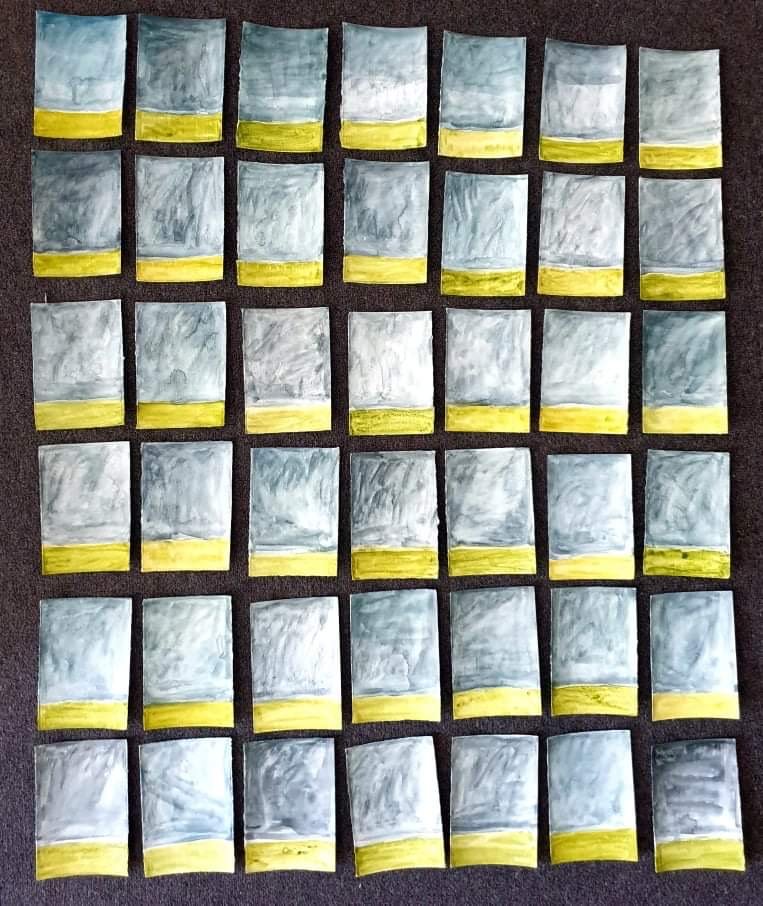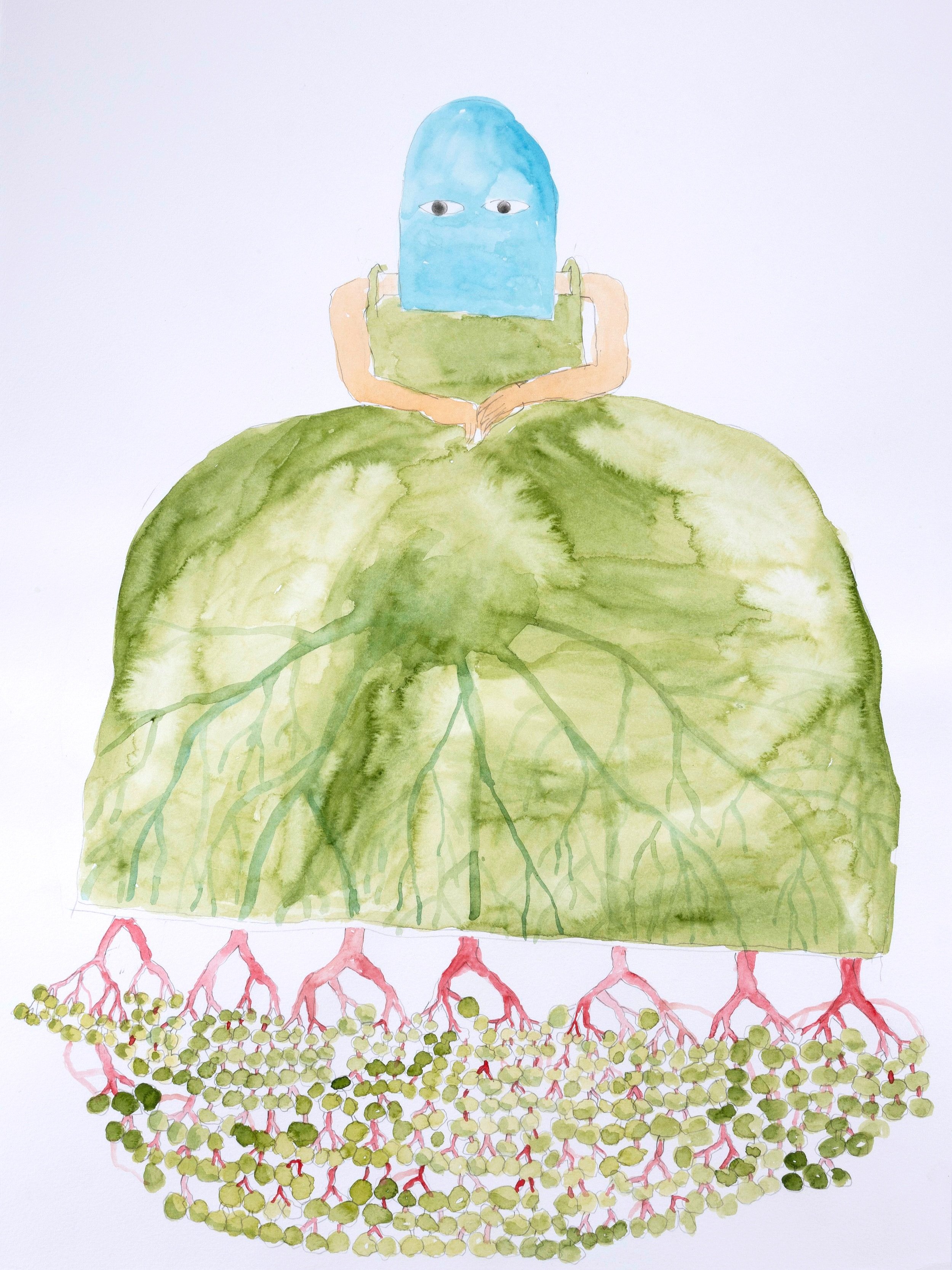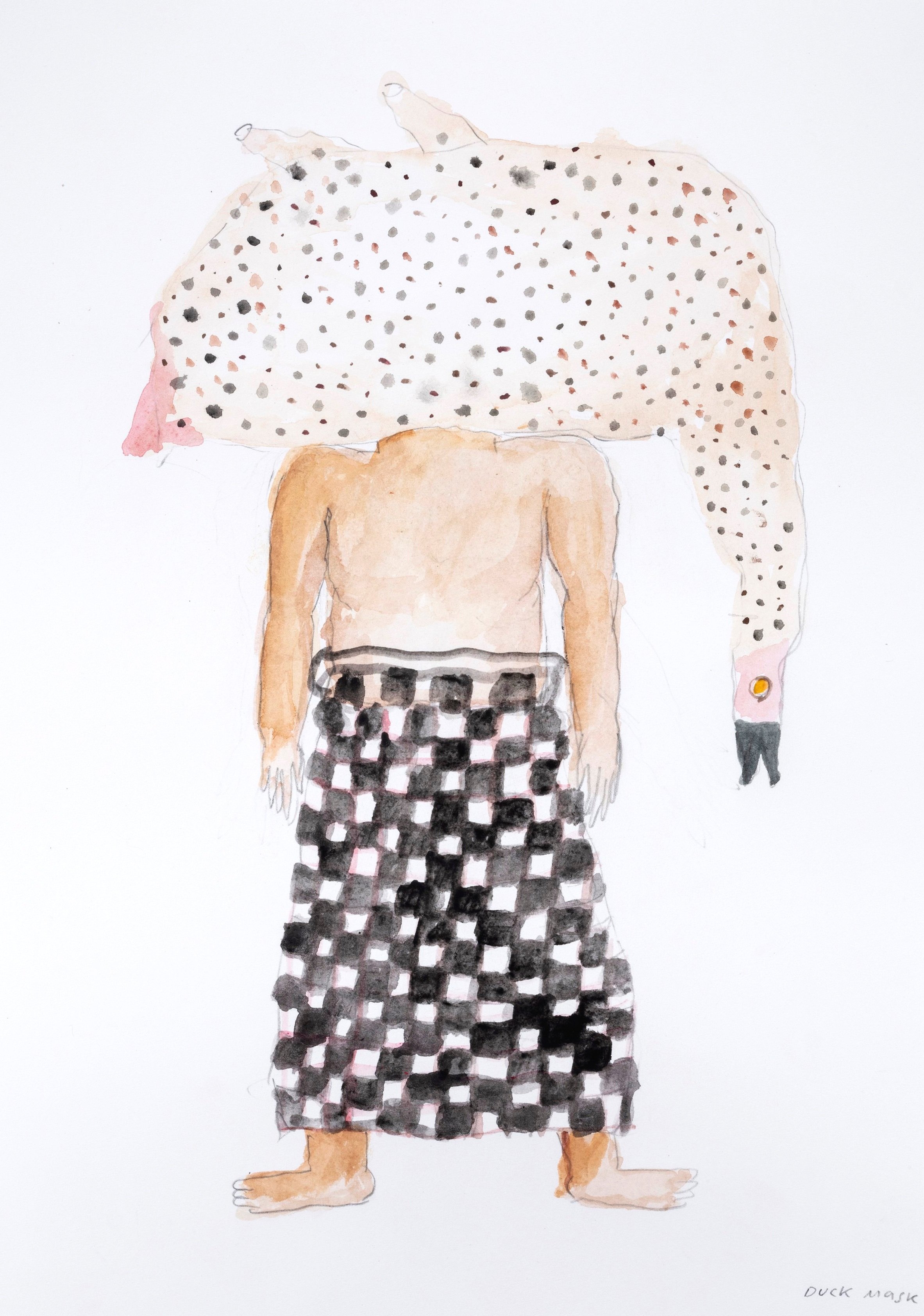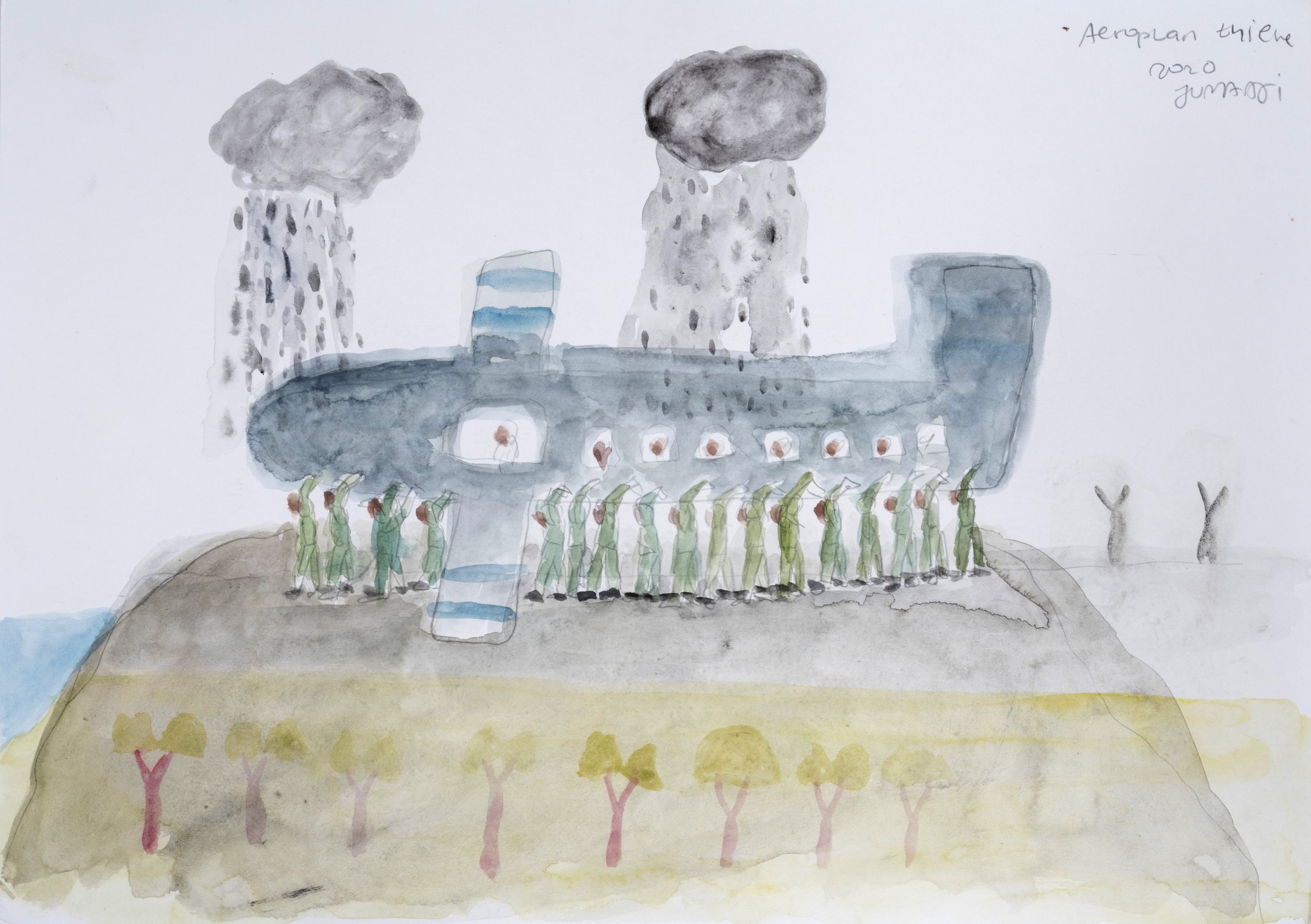From the Studio - Interview with Jumaadi | 18.11.21
Jan Manton Gallery caught up with Jumaadi to learn more about his upcoming solo exhibition Liquid Dreams on show between 1 - 23 December 2021. Liquid Dreams continues the artists’ exploration of watercolour and gouache on paper and delves into the artists' portrayal of isolation through a series of bare horizons. Jumaadi’s new works acknowledge the landscape’s continuity and finds solace in feelings of loneliness.
Gallery Intern Embie Tan Aren talked on the phone with Jumaadi to hear more...
Embie Tan Aren (E): Jumaadi, thank you for taking the time to speak with me about your upcoming exhibition Liquid Dreams. Could you tell me about the new works in your show?
Jumaadi (J): The show is composed of paper works using watercolour and gouache. It’s about the various approaches to the way we address miseries. There are pictures of landscapes and nature that originate from my mind. Painting these pictures is like an escape for me. Some of the works are detailed and some of them are more expressive. Because they’re on paper, they’re more direct and there is a sense of urgency in them.
E: What was it like for you in the studio when creating these works? Did lockdowns due to COVID-19 interrupt or hinder it in any way?
J: When COVID outbreaks happened, I couldn’t go to my studio so I would work from my living room table. A lot of the larger paper works started there. I would work there every day in the morning, sometimes starting at 7 in the morning, and then continuing until 5 in the afternoon. Natural lighting helps me a lot when I’m painting because I don’t like to work with synthetic light.
It was just me, the table and the paint, sometimes with music playing in the background or with a book to read. I always start by just drawing. Drawing a tree, an animal or any abstract ideas. On and on and on. Small things would start to happen. There were some days where pictures and ideas swamped my mind so then I’d have to work quicker.
Photograph taken by Matt Chun. Courtesy of Matt Chun: www.mattchun.com
E: It sounds like even though it is a more relaxed approach, you kept a regularity and consistency.
J: Yes. I take things day by day. I’m not like a lot of artists who work based on philosophy, theory and all other kinds of research. Although I do this research, it isn’t as direct in my work. The drawing is the research itself. It shows my thinking. When I’m painting with watercolour and gouache, it’s my thinking time. It gives me space.
E: I understand the works of the horizons are of different sizes and quantities. You cut from large pieces of paper to create smaller pieces, which you then paint and collage together to create an image. Why did you choose to construct the paper this way and what does the imagery entail?
J: The smaller pieces act as small windows to a series of horizons. I wonder, how can you depict a landscape? When you paint a landscape of a particular time, you can miss a lot of things. Landscapes are like living beings. They think and move, just like us. They’re not just objects. They witness you witnessing them. They witness stories, tragedies, massacres and all sorts of things. I use two or three colours, mostly grey, to create a melancholic atmosphere in the horizons which show silent hills and constantly moving, empty skies.
E: There are also other paper works in this show which entail imagery that your audience may already be familiar with. I enjoy how they often appear quite humorous and poetic as you reimagine aspects of Indonesian culture.
J: Well, people might see aspects of Indonesian culture in these works that they are familiar with and feel connected to but it’s not always Indonesian. If it’s two people, it’s two people. They might look Indonesian or there might be some Indonesian customs. I don’t mind if it’s even an Indonesian setting, however a lot of the time it’s all made up.
E: How do these works connect to your works of the empty horizons?
J: Although these other works have a lot more information, you can still see the horizons in the background. The way I painted the people has often been simplified by a horizon because of its lines which separate the top from the bottom. The horizons are just more nuanced here.
E: When you take away the activity of people and other things, you can recognise the emptiness of a landscape and that it’s been like that all along. Is this right?
J: Yes. It’s more reductive.
E: You mentioned in a previous conversation we had that when you were painting these works, there was still this ongoing process where you welcomed and made space for any new ideas to change or inform their direction. How did this notion of unpredictability develop the works?
J: It’s a process of denying and embracing what you know. Maybe you know how to make the colour grey but then, all of a sudden, your own experience just denies it, so you think, maybe this isn’t a good grey, or I don’t think this grey actually depicts anything. It’s a constant conversation with yourself. In a way, it’s like knowledge gathering. This approach gave me a lot of experience and practice to paint horizons with just two or three colours.
E: Horizons feel quite contemplative and reflective as they guide us to be still with it. Was this your intent for the viewer for these works?
J: Yes, I wanted to depict the loneliness we feel in this current time. There’s a sense of displacement in the emptiness but also a fullness at the same time. Loneliness is not such a bad idea. It’s how we deal with it. We do a lot of things alone and we also do a lot of things to be alone. I don’t think there’s anything wrong with that. The paintings don’t have a lot of information and I think this can still draw you in to contemplate. There’s no moral implications or philosophical messages in them as I’m not interested in that.
I also like the idea of focusing on the colours and pigments. It's a language that is often overlooked as there can be more emphasis on the message of a painting. What I'm trying to show the audience is that with watercolour works, even the edges of the paper offer significant beauty. The particular shades of grey in the horizons will hopefully encourage the audience to add to their own experiences and to see appreciating beauty as a way of living too.
Jumaadi’s exhibition Liquid Dreams is on show at Jan Manton Gallery from 1 - 23 December, 2021.
Interview by Embie Tan Aren. Edited by Zali Matthews. Artwork images taken by Carl Warner. From the Studio content courtesy of Jan Manton Gallery and Jumaadi.










